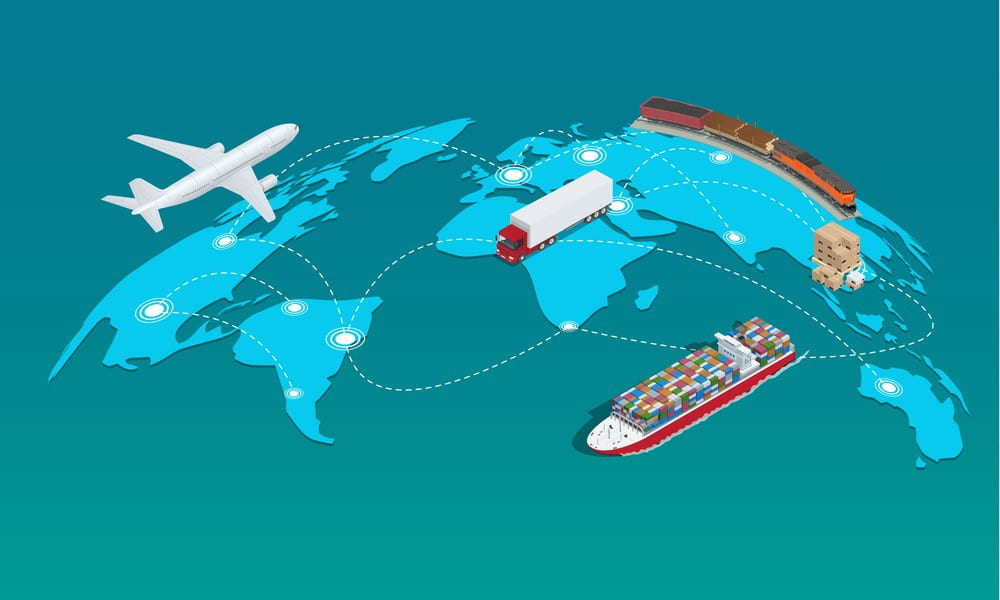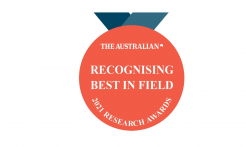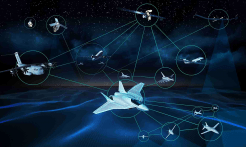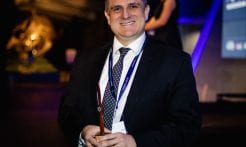Intelligent Automation & Autonomy for Aerospace, Transport and Defence
Digital technologies such as artificial intelligence, computer networks and robotic systems are rapidly changing our lives and several industrial sectors are undergoing major transformations based on the application of these technologies. However, there are some important challenges that must be addressed before their full potential can be realised. Some of these challenges are well-known while others are less understood.
First of all, automation is becoming more and more complex, with the widespread adoption of heterogeneous sensor networks and the need for optimisation algorithms that deal with an increasing amount of input data, multiple objectives and constraints. A well-known side effect of this complexity is the loss of situational awareness of the human operator, which is no longer capable of evaluating the validity and quality of the solutions implemented. Secondly, most of the automation we are introducing is deterministic and not adaptive enough and, paradoxically, it may end up by increasing the workload of the operator in certain scenarios instead of alleviating it. This is why instances of cognitive overload are not infrequent despite dealing with highly automated systems. Finally, the kind of automation that is currently being adopted in complex systems is not deeply trusted by human operators because it lacks sufficient transparency or integrity.
At RMIT University, we are developing innovative Cyber-Physical Systems (CPS) that address these fundamental challenges by implementing advanced cognitive processing and machine learning techniques towards enhancing human-machine teaming and building trusted autonomy. CPS are at the core of the digital innovations that are transforming our world and redefining the way we interact with intelligent machines in a growing number of industrial sectors and social contexts. Present-day CPS integrate computation and physical processes to perform a variety of mission-essential or safety-critical tasks. From a historical perspective CPS combine elements of cybernetics, mechatronics, control theory, systems engineering, embedded systems, sensor networks, distributed control and communications.

Cyber-physical systems (CPS) are engineered through the seamless integration of digital and physical components. Our reserach focusses on autonomous CPS and human-autonomy intercations.
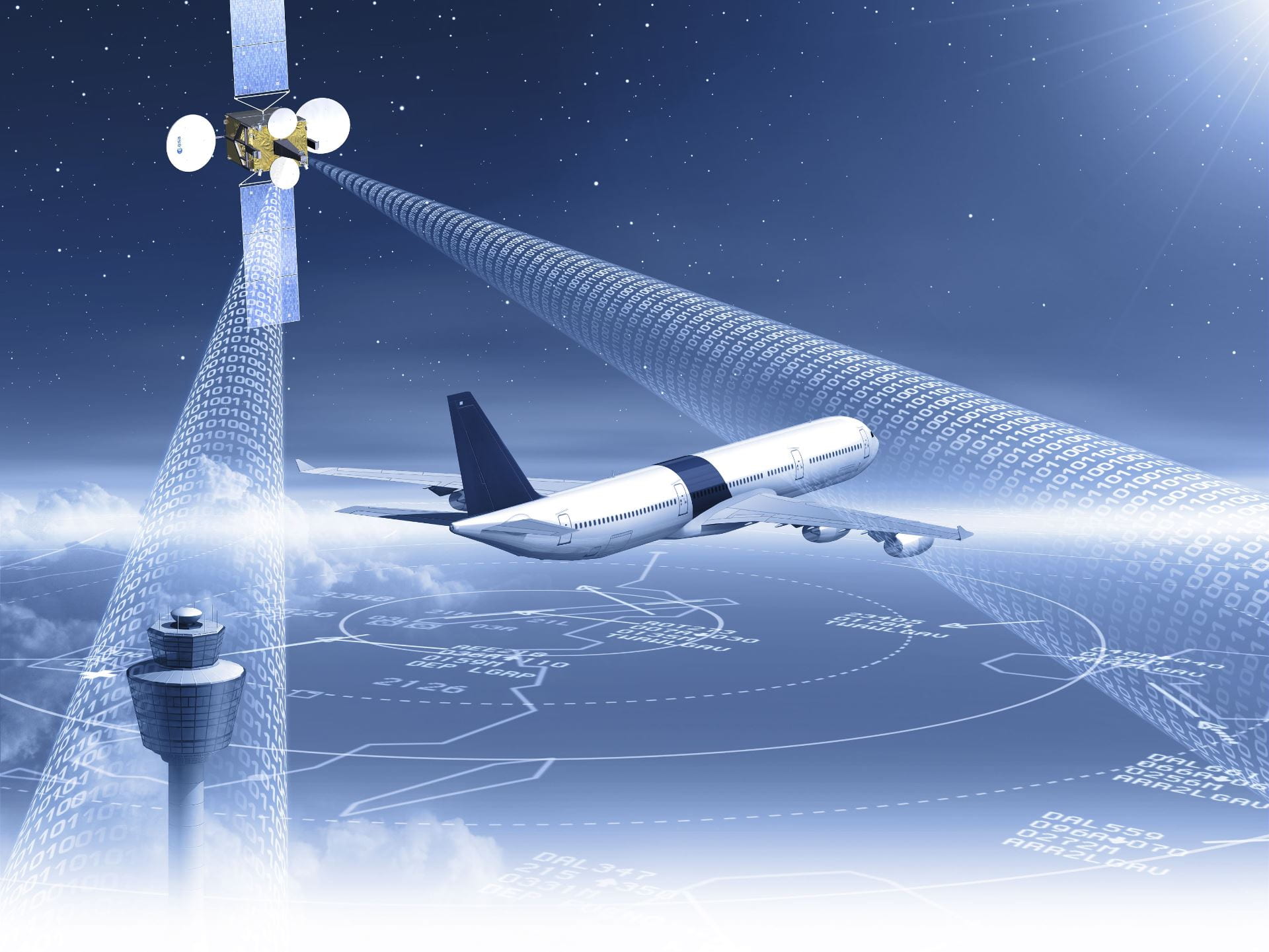
Properly engineered CPS rely on the seamless integration of digital and physical components, with the possibility of including human interactions. This requires three fundamental functions to be present: Control, Computation and Communication (C3). Practical CPS typically combine sensor networks and embedded computing to monitor and control physical processes, with feedback loops that allow physical processes to affect computations and vice-versa. Despite the significant progress in CPS research, the full economic, social and environmental benefits associated to such systems are far from being fully realised. Major investments are being made worldwide to develop CPS for an increasing number of applications, including aerospace, transport, defence, robotics, communications, security, energy, medical, smart agriculture, humanitarian, etc. Industry 4.0 fosters what has been called a “smart factory”. Within modular structured smart factories, cyber-physical systems monitor physical processes, create a virtual copy of the physical world and make decentralized decisions. Over the Internet of Things (IoT), cyber-physical systems communicate and cooperate with each other and with humans in real-time both internally and across organizational services offered and used by participants of the value chain.
Our group performs research, education and community outreach activities in the field of CPS for aerospace, transport, defence and related applications (e.g., civil security and humanitarian mission systems), focusing on two special categories of CPS: Autonomous Cyber-Physical (ACP) systems and Cyber-Physical-Human (CPH) systems. ACP systems operate without the need for human intervention or control. For ACP systems to work, formal reasoning is required as these systems are normally used to accomplish mission/safety-critical tasks and any deviation from the intended behaviour may have significant implications on human health, well-being, economy, etc. A sub-class is that of Semi-Autonomous Cyber-Physical (S-ACP) systems, which perform autonomous tasks in a specific set of pre-defined conditions but require a human operator otherwise. A separate category is that of CPH systems. These are a particular class of CPS where the interaction between the dynamics of the system and the cyber elements of its operation can be influenced by the human operator and the interaction between these three elements is regulated to meet specific objectives. CPH systems consist of three main components: physical elements sensing and modeling the environment, the systems to be controlled and the human operators; cyber elements including the communication links and software; and human operators who partially monitor the operation of the system and can intervene if and when needed.
Today, several CPS implementations are S-ACP systems. This fact limits the achievable benefits and the range of possible applications due to the reduced fault-tolerance and the inability of S-ACP systems to dynamically adapt in response to external stimuli. Many S-ACP architectures are progressively evolving to become either ACP or CHP depending on the specific application domains. Our research aims at developing robust and fault-tolerant ACP and CPH system architectures that ensure trusted autonomous operations with the given hardware constraints, despite the uncertainties in physical processes, the limited predictability of environmental conditions, the variability of mission requirements (especially in congested or contested scenarios), and the possibility of both cyber and human errors. A key point in these advanced CPS is the control of physical processes from the monitoring of variables and the use of computational intelligence to obtain a deep knowledge of the monitored environment, thus providing timely and more accurate decisions and actions. The growing interconnection of physical and digital elements, and the introduction of highly sophisticated and efficient artificial intelligence techniques, has led to a new generation of CPS, that is referred to as intelligent (or smart) CPS (iCPS). The CPS Group is multi-disciplinary and collaborative in nature with research activities focussing around 7 programs:
- Aerospace Cyber-Physical Systems
- Intelligent Transport and Future Mobility Systems
- Human-Machine Systems and Trusted Autonomy
- Geospatial Data Acquisition, Distribution and Analysis
- Transport Safety and Accident Investigation
- Defence, Security and Humanitarian Mission Systems
- Cyber-Physical Systems Security
These research programs closely follow the RMIT University’s research concentrations in Aerospace/Aviation Technologies, Traffic and Transport Management, Data Analytics, Geospatial Science, Intelligent and Robotic Systems, Defence Technology, Cyber-Security, Environmental Sustainability, Future Smart Cities, Automotive Technologies, Advanced Manufacturing, Systems Engineering, Logistics and Human Factors Engineering. They are also highly supported by the Australian and Victorian Governments as the research is aligned with the CPS, Intelligent Transport Systems (ITS), Cybersecurity and Defence Industry and Innovation (DI2) policy frameworks on a national and state level. Our research group is currently composed by 37 permanent staff members, 18 post-doctoral researchers and more than 70 Higher Degree by Research (HDR) students. CPS group researchers have access to world-class facilities, including simulation labs, rapid prototyping tools, advanced manufacturing equipment, and ground/flight-test ranges. These facilities allow researchers to quickly go from simulation and computer-aided design, through to field and flight-tested systems. RMIT University currently operates a number of robotic systems, including both Unmanned Aircraft Systems (UAS), Unmanned Ground Vehicle Systems (UGVS) and Unmanned Water/Underwater Systems (UWS/UUS).
The CPS group has also developed planning tools for integrated, personalised and traveller-centric transport systems, including walking, cycling, public and shared vehicles, private vehicles, and emerging transport options. Furthermore, a simulation tool to assess autonomous road vehicle technologies, a dynamic lifecycle assessment tool for autonomous urban transport systems and a virtual reality simulator for autonomous/connected road vehicles are being developed. RMIT has access to a CASA-approved flight test range of 5km radius and with an altitude limit of 15,000ft. Additionally, RMIT has CASA-approved remote pilots on staff. Current unmanned air, ground and water systems are capable of autonomous operations and are networked using local-area, wide-area and global communication links (including Iridium and INMARSAT links).
The CPS group operates a custom designed immersive and network-enabled simulation system. The simulator supports a wide range of research activities in human factors, autonomous systems, traffic management and hardware/human-in-the-loop testing. RMIT University also operates a Green Engine Laboratory, a Mechatronics Laboratory and various Wind Tunnels (including a large industrial wind tunnel) for ground and air vehicle design. Additionally, the Advanced Manufacturing Precinct (AMP) combines the RMIT’s expertise in technology and design innovation housing some of the most advanced manufacturing technologies currently available, including additive and subtractive manufacturing, high-speed and multi-axis machining and reverse engineering capabilities. Further capabilities include state-of-the art Air Traffic Management (ATM) simulators, constituted by an immersive Air Traffic Control (ATC) tower and industrial-grade hardware and software tools for the development of next-generation ATM systems. This laboratory has been developed taking advantage of state-of-the-art hardware and software components and implementing flexible multi-functional system architectures. The laboratory networking architecture allows connection to internal and external resources (including several nodes in Australia, US and Europe). From a strategic point of view, these lab facilities support R&D activities with a focus on strategic involvement in national/international R&D programs including complex verification and validation tasks at system and sub-system level. Current contributing partners include Thales, Northrop Grumman, the Defence Science Institute (DSI) and the Defence Science and Technology (DST) Group.
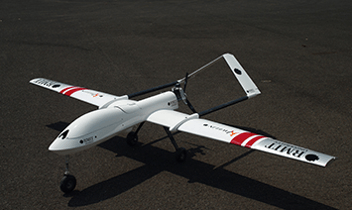
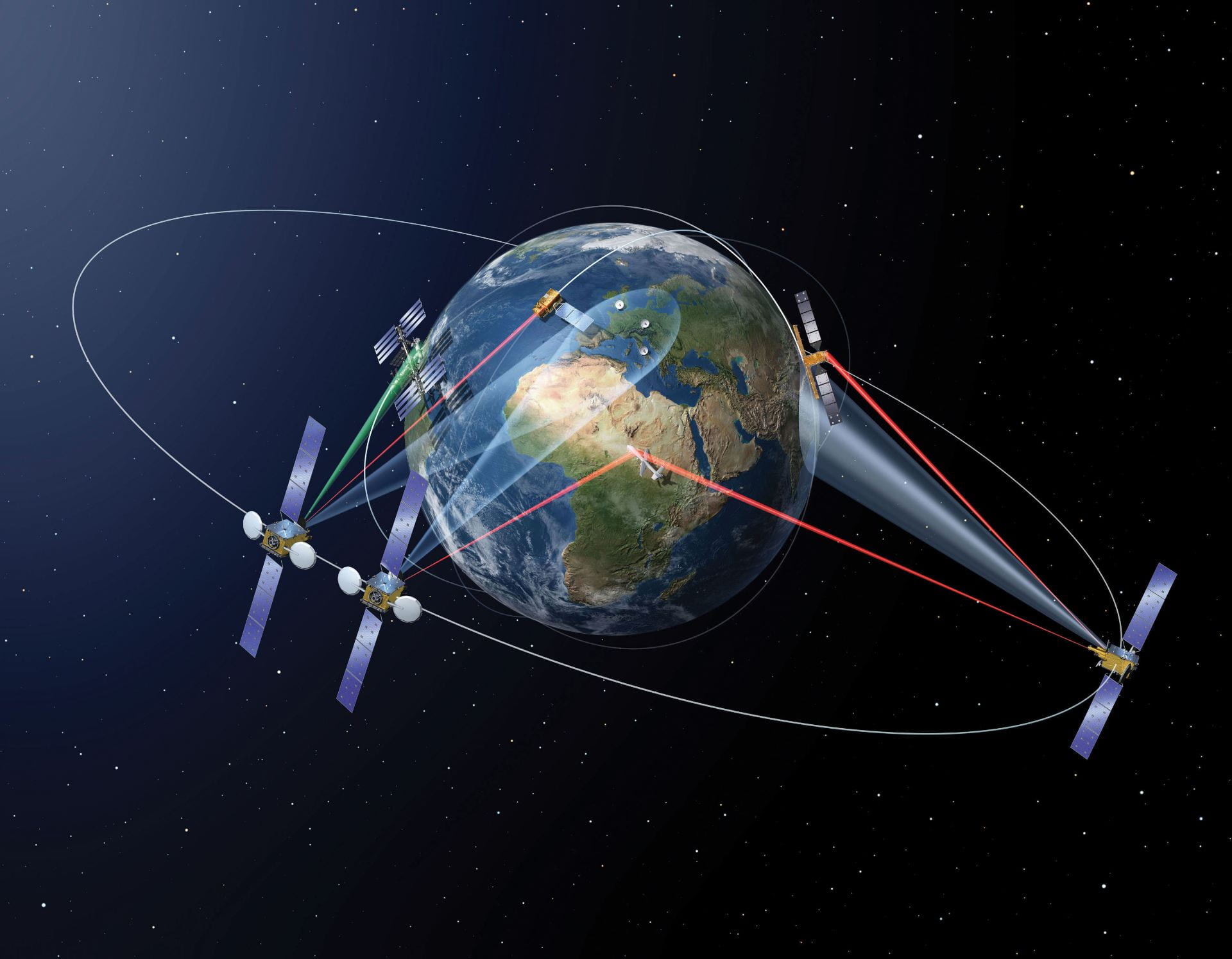
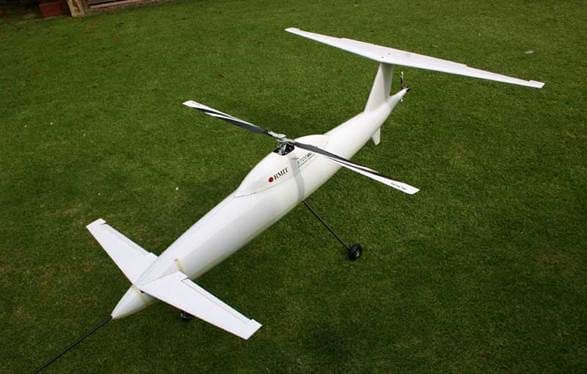
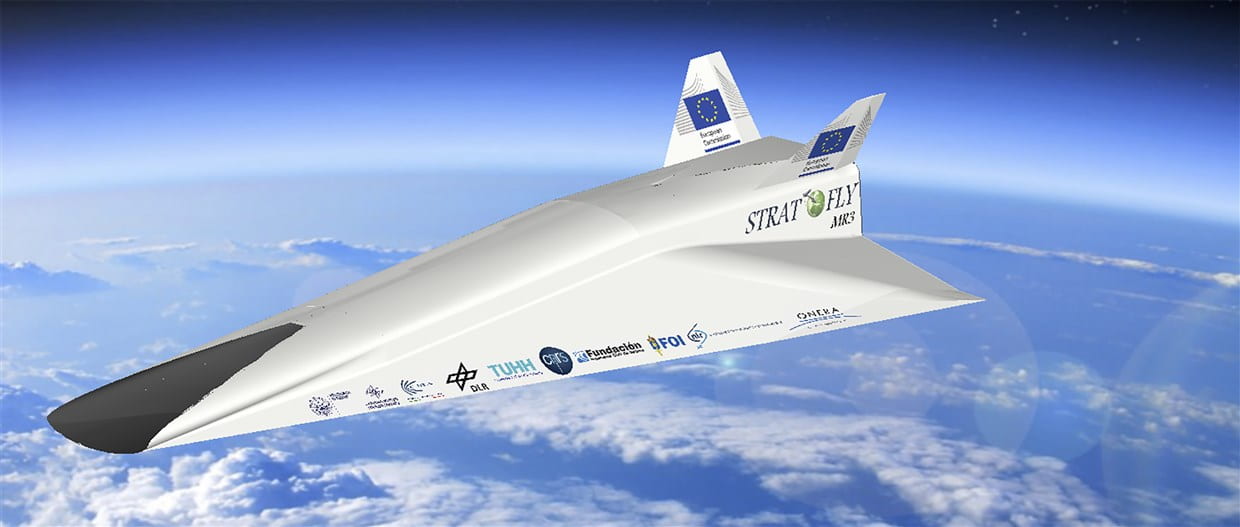

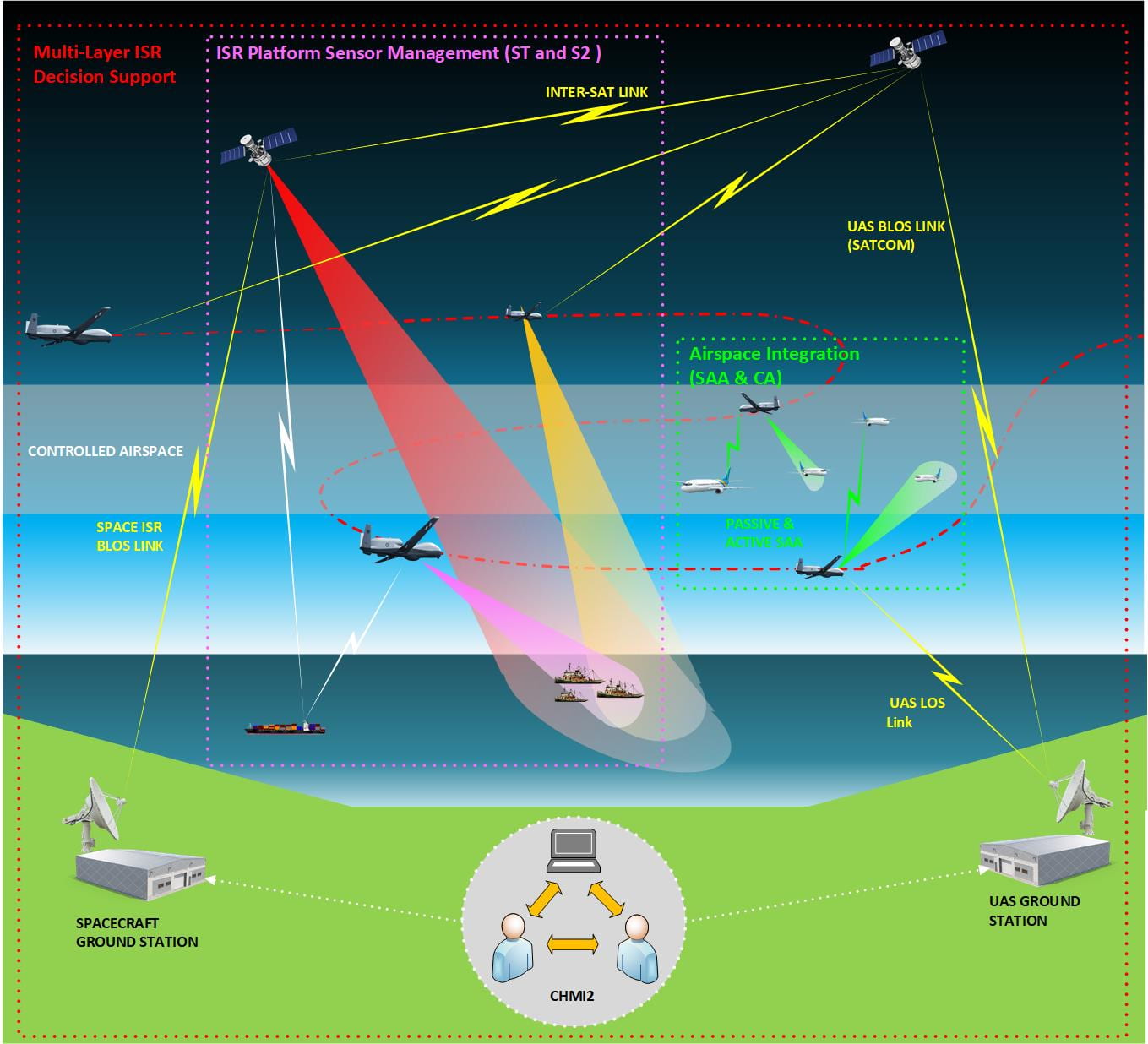
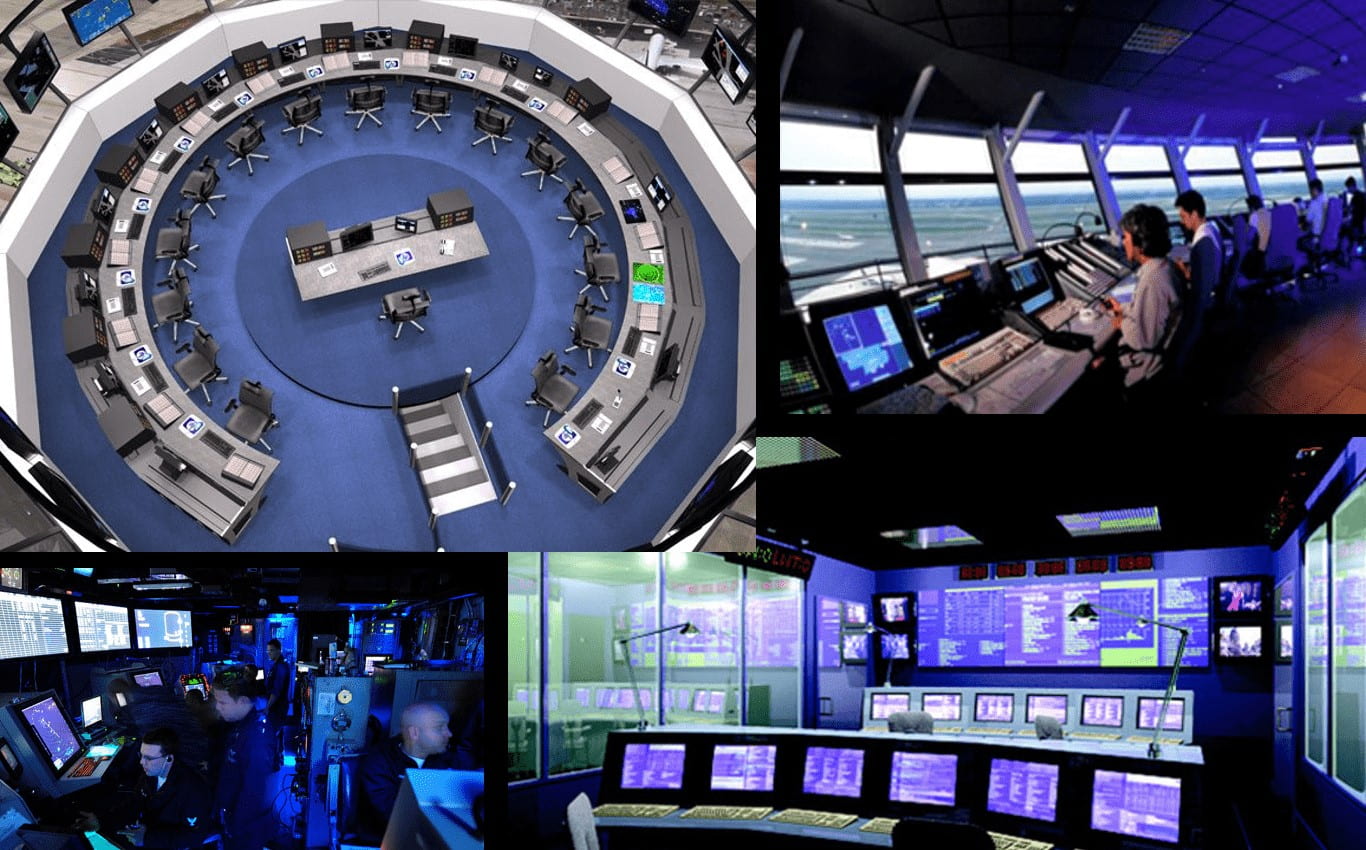
Latest News
Professor Sabatini Named Top Australian Scientist in Aviation and Aerospace Engineering
The Australian 2021 Research Special Report has listed Prof. Roberto Sabatini (Chair of the A...
IEEE Distinguished Lectures on Avionics and Trusted Autonomous Aerospace Systems
Since February 2020, Professor Sabatini has served in the role of IEEE Distinguished Lecturer and de...
Professor Roberto Sabatini receives the Distinguished Leadership Award from Aviation/Aerospace Australia
During the 4th edition of the AIRSPACE AWARDS for Leadership Excellence, held on 22 April 2021 at Me...
Professor Sabatini named Scientist of the Year at the Australian Defence Industry Awards 2019
During a stunning event held in Canberra on 26 September, the Australian Defence Industry Awards hav...
As an integral part of RMIT University’s contributions to the SmartSat Cooperative Reserach Centre, the CPS Group is performing research in the following areas:
- Intelligent Satellite Systems. Development of next generation systems to enable intelligent behaviour and autonomous decision making and operation by satellites and satellite constellations (artificial intelligence and machine learning software solutions). Novel systems for detection and characterisation of threats from Resident Space Objects (RSO) including autonomous capability and Space Traffic Management;
- Advanced Communications, Connectivity and Internet of Things (IoT) Technologies. Development of algorithms and technologies for laser communication links with high data transfer rates. Development of adaptive intelligent radio technology allowing sensing and flexible use of spectrum. Development of systems that allow seamless connectivity between satellite and terrestrial communications;
- Next Generation Earth Observation Services. Development and delivery of industry specific EO sensors (e.g., smart LiDAR and passive IR technologies) and data analytics services for multiple applications, including: Agriculture, Mining/Resources, Transport and Logistics.



Since the early days of its creation, the CPS Group has been working with the Defence Science and Technology (DST) Group, the Defence Science Institute (DSI) and various Defence Industry Partners on collaborative research projects in the area of intelligent automation and autonomous systems. Current research collaborations include:
- Trusted Autonomous System and Multi-Agent Decision Making in a Combat Environment
- Cognitive Human-Machine Interfaces and Interactions for Trusted Autonomous Systems
- Intelligent Safety Management Systems for Future Maritime Platforms
- Navigation, Guidance and Control of VTOL/Multi-Role UAV Platforms
- Multi-Objective Trajectory Optimisation for Guided Weapon Systems
The CPS Group reserach has been a major player in support of the Defence-led CRC on Trusted Autonomous Systems (TAS D-CRC). As an integral part of the TAS D-CRC capability statement, the CPS Group reserach focuses on the following areas:
- Cognitive Human-Machine Interfaces and Interactions. The goal of this research program is to develop systems for real-time evaluation of human cognitive states and performance parameters. These modular systems can be easily integrated into operational and training environments to augment current procedures and techniques through the adaptation of Cognitive Human-Machine Interfaces and Interactions (CHMI2). In particular, the following projects were developed: CHMI2 for Aerospace Systems (UAS, Multi-Platform Coordination, Command and Control), CHMI2 for Training (Air and Surface Platforms), CHMI2 for ATM, ATFM and UTM.
- UAS Navigation, Guidance and Control Systems for Trusted Autonomy. The goal of this research program is to develop new system capabilities to enhance autonomous platforms in challenging defence scenarios, allowing for new adaptive, model-predictive and collaborative forms of data fusion and decision making in real-time. In particular, the following project proposals were developed: Navigation in GNSS Denied and Jamming Environments; High-integrity Multisensor Systems; High Accuracy and Low SWAP-C Navigatin and Guidance Systems; Optimal Control Techniques for UAS Trajectory Optimisation; UAS Separation Assurance and Collision Avoidance (Sense-and-Avoid).

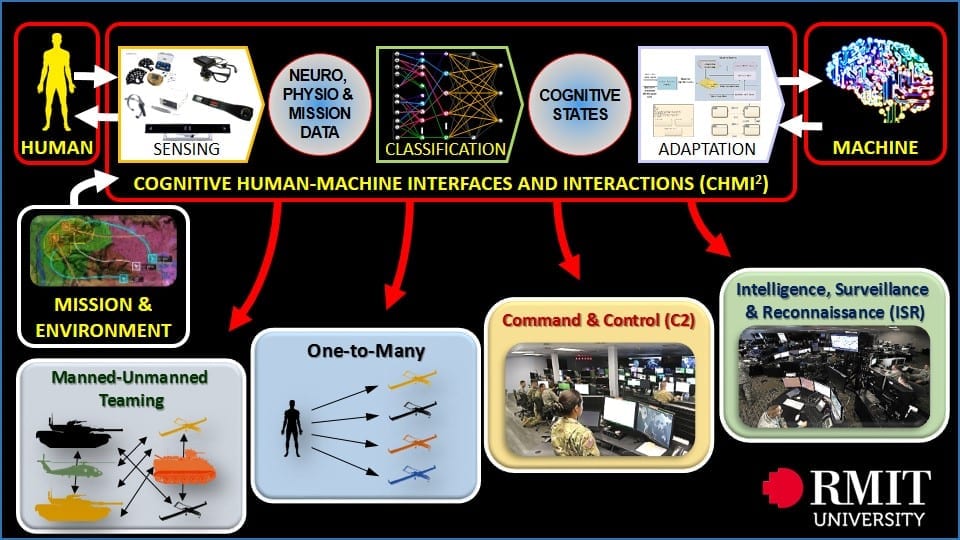


The Intelligent Transport Systems (ITS) cluster was created in 2016 to substantiate the CPS Group contributions to the iMOVE (Intelligent Mobility and Vehicle Evolution) Cooperative Reserach Centre. Key areas of research include:
- Human Machine Interfaces and Interactions for Future Transport Systems
- Autonomous Vehicles and Cyber-Physical Transport Networks
- Multi-Objective Trajectory and Journey Optimisation Techniques
- Transformation of Airports in Multimodal Transport Hubs
- Novel GNSS Integrity Monitoring and Augmentation Techniques
- Heterogeneous Vehicular Networks for Multimode Transport Integration
- Enhanced Integrated Vehicle Health Monitoring Systems

